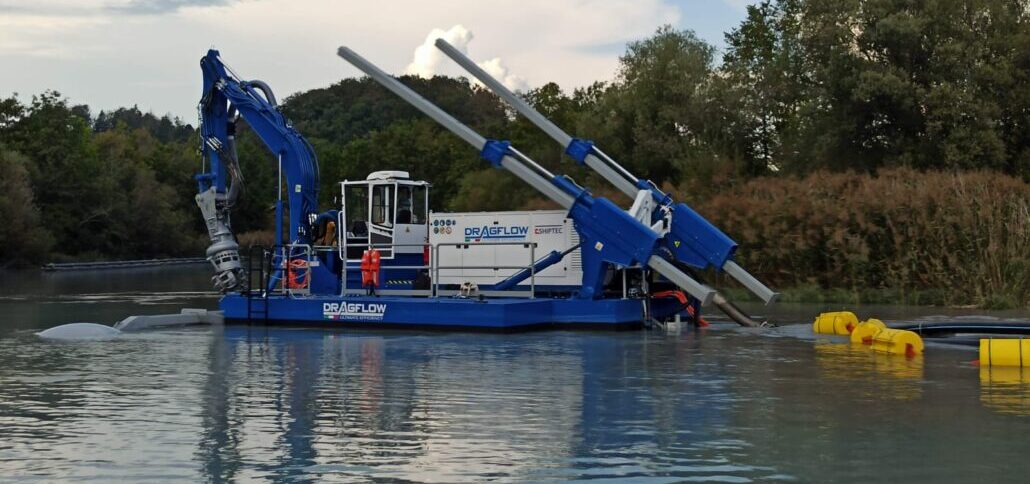Understanding Submersible Sand Dredge Slurry Pumps
River dredging is a critical activity for maintaining waterways, ensuring navigability, preventing flooding, and managing sediment accumulation. One of the key components in modern dredging technology is the hydraulic power pack driven submersible sand dredge slurry pump. This article provides an educational overview of how these pumps operate, their advantages, and their applications in river dredging.
Submersible sand dredge slurry pumps are designed to handle abrasive materials like sand, gravel, and clay suspended in water. These pumps are submerged directly into the dredge site, allowing them to pump slurries containing heavy solids at high efficiencies. The design of these pumps enables them to handle large particles, which is essential in river dredging where various types of debris and sediment are present.
The Role of Hydraulic Power Packs
The hydraulic power pack serves as the heart of a submersible sand dredge slurry pump system. It consists of a hydraulic tank, a motor, pumps, and various hydraulic valves that generate energy to drive the slurry pump. The power pack converts the mechanical power of the motor into hydraulic energy through the fluid medium, typically oil. This hydraulic energy is then transmitted to the slurry pump, enabling it to perform heavy-duty dredging operations.
Advantages of Hydraulic Power Pack Driven Pumps
- High Efficiency and Power: Hydraulic systems provide more power than electric-driven systems and are highly efficient under continuous heavy loads, making them ideal for dredging operations that require robust, sustained performance.
- Submersibility: Since the power source is not submerged, only the pump needs to handle the harsh underwater environment. This separation ensures longer operational life and reduces maintenance costs.
- Flexibility and Mobility: Hydraulic hoses can be extended over long distances, offering more flexibility and mobility in operations. This feature is particularly useful in complex dredging areas where equipment must be positioned at varying distances from the power source.
- Durability in Harsh Environments: Hydraulic pumps are particularly suited for harsh environments found in river dredging. They can handle abrasive particles and slurry mixtures effectively without significant wear and tear.
Applications in River Dredging
Submersible sand dredge slurry pumps are used in a variety of dredging projects in rivers:
- Channel Maintenance and Deepening: Regular dredging ensures that channels are deep enough for safe vessel passage. Submersible pumps are used to remove sediments and debris that accumulate and pose navigational hazards.
- Environmental Cleaning: Dredging helps in cleaning river beds of pollutants and contaminants. These pumps can extract accumulated sludge and industrial discharge, contributing to environmental conservation efforts.
- Sand and Gravel Mining: Rivers are rich in materials like sand and gravel, which are essential for construction. Dredge slurry pumps enable the extraction of these materials efficiently and economically.
- Flood Prevention: By removing sediment build-up and deepening river beds, these pumps play a crucial role in flood management strategies.
Hydraulic power pack driven submersible sand dredge slurry pumps are essential tools in river dredging. Their ability to handle heavy solids-laden slurries, efficiency, and robustness make them suitable for the challenging conditions of dredging operations. As technology advances, the efficiency and capabilities of these systems are expected to improve, further aiding the efforts in maintaining and preserving waterways for future generations.
